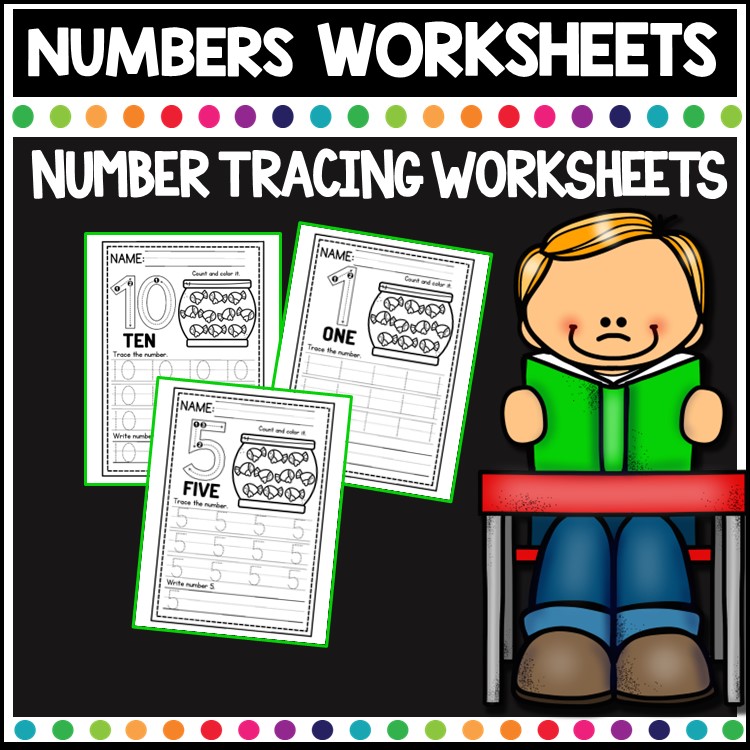
Tracing can assist youngsters to improve their fine motor abilities, which will help them with other tasks like learning to write. It also aids the development of math and language skills in individuals with developmental difficulties. Tracing also improves hand-eye coordination, dexterity, and spatial awareness, among other things.
Tracing allows preschoolers to practice the abilities they’ll need to write, such as how to hold a crayon or pencil. Children’s muscles and coordination are fine-tuned by tracing curved and straight lines, circles, and other shapes, making the transition to writing easier. Children must employ fine motor skills while tracing a dot-to-dot puzzle, which also teaches them to practice counting. Encourage youngsters to play with modeling clay to increase hand and finger strength if they lack the strength to trace with a crayon or pencil.
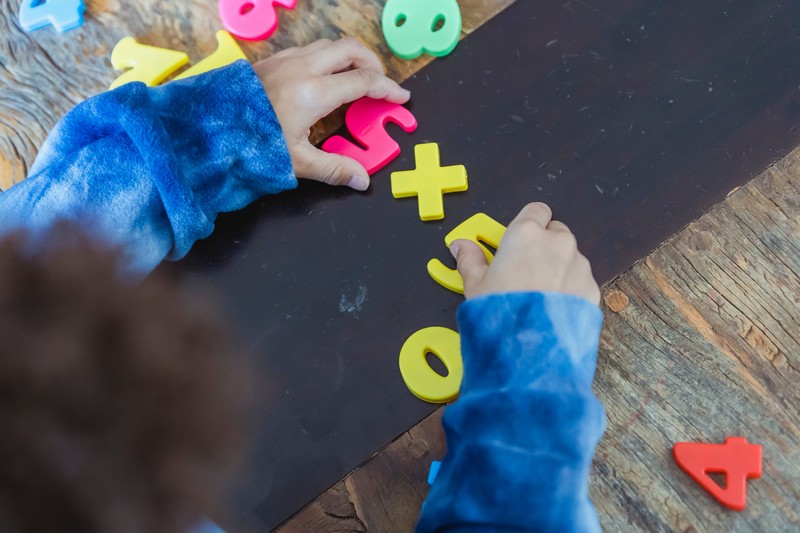
Tracing the letters can be a wonderful technique for youngsters who are ready to start writing letters of the alphabet to memorize them and learn to write them clearly. Some worksheets include dot-to-dot letter patterns, while others have tracable solid-line letters. Children can benefit from illustrated tracing worksheets to help them develop early phonics abilities; for example, a letter tracing worksheet. A drawing of an apple might appear on a tracing worksheet.
By tracing items with their fingers, children can learn to draw them. A child might, for example, trace an apple with her finger before painting a picture of it. Before attempting to duplicate the pattern on paper, she might practice tracing the design in the air. This method of tracing art subjects aids children in identifying features such as whether the subject is straight or curved, smooth or rough. This familiarity can aid in the development of a child’s artistic confidence.
As a result, it is critical for all children to be able to write numbers correctly. Because learning to properly write each number involves a lot of repetition, youngsters can quickly master this ability by practicing with tracing numbers worksheets. The tracing numbers worksheets above emphasize proper number construction and provide your child with several opportunity to trace and practice writing each number freehand. Each tracing numbers worksheet also offers a hint for helping your youngster master the correct formation of that number quickly.



Number Tracing Worksheets Are Essential.
Numbers are used to convey information such as monetary quantities or significant values, and they must be written legibly in order to be correct. For example, an incorrectly constructed 2 could be mistaken as a 7. Alternatively, an upside-down 6 could be misinterpreted as a 9. Your child will need to know how to properly write each number in order to complete kindergarten math activities (and any math or number activity after that). Tracing numbers worksheets helps guarantee that your child understands the right structure of each number and has plenty of opportunities to practice writing it.
Useful Hints for Working with Tracing Numbers Worksheets
Begin with the number one worksheet on writing numbers. That is not just the first number your youngster will learn to count, but it is also the simplest number to write.

To learn the proper formation, instruct your youngster to trace each number in the direction of the arrows. Remind him that, with the exception of number 4, all of the numbers are written in a single stroke, without the need to lift the pencil. Challenge him to attempt writing the number freehand on the blank line at the bottom of the writing numbers worksheet once he has traced it a few times.
You can return to the tracing section of the worksheet after your kid has written the number freehand a few times to help your child refine the right structure of the number, if necessary.
If your youngster is having trouble writing a number, break the number’s creation down into steps and focus on one step at a time. For example, before adding the rest of the number, have your youngster practice writing the “first loop” of the 3 or the “hat and neck” of the 5. Once your youngster has mastered the initial component of the number, he may concentrate on accurately completing the number.

For good reason, children can be perplexed about which way to move the pencil while beginning a number. The numbers 2, 3, and 7 start on the left and work their way to the right. The numbers 5, 6, 8, and 9 start on the right and work their way “backwards” to the left. The 4 then goes to the right before traveling down.
Children sometimes become confused while learning to write numbers and reverse the number because they start on the wrong side and move the pencil in the opposite direction. They don’t always realize they’ve made a mistake since they’re focused on the numerical construction. Simply explain to your youngster that the formation was perfect but that he “turned the number around,” and encourage him to try again by assisting him in placing his pencil in the proper beginning position. In this case, bringing back the writing numbers worksheets for review can be really beneficial, as practice usually eliminates these reversal issues.
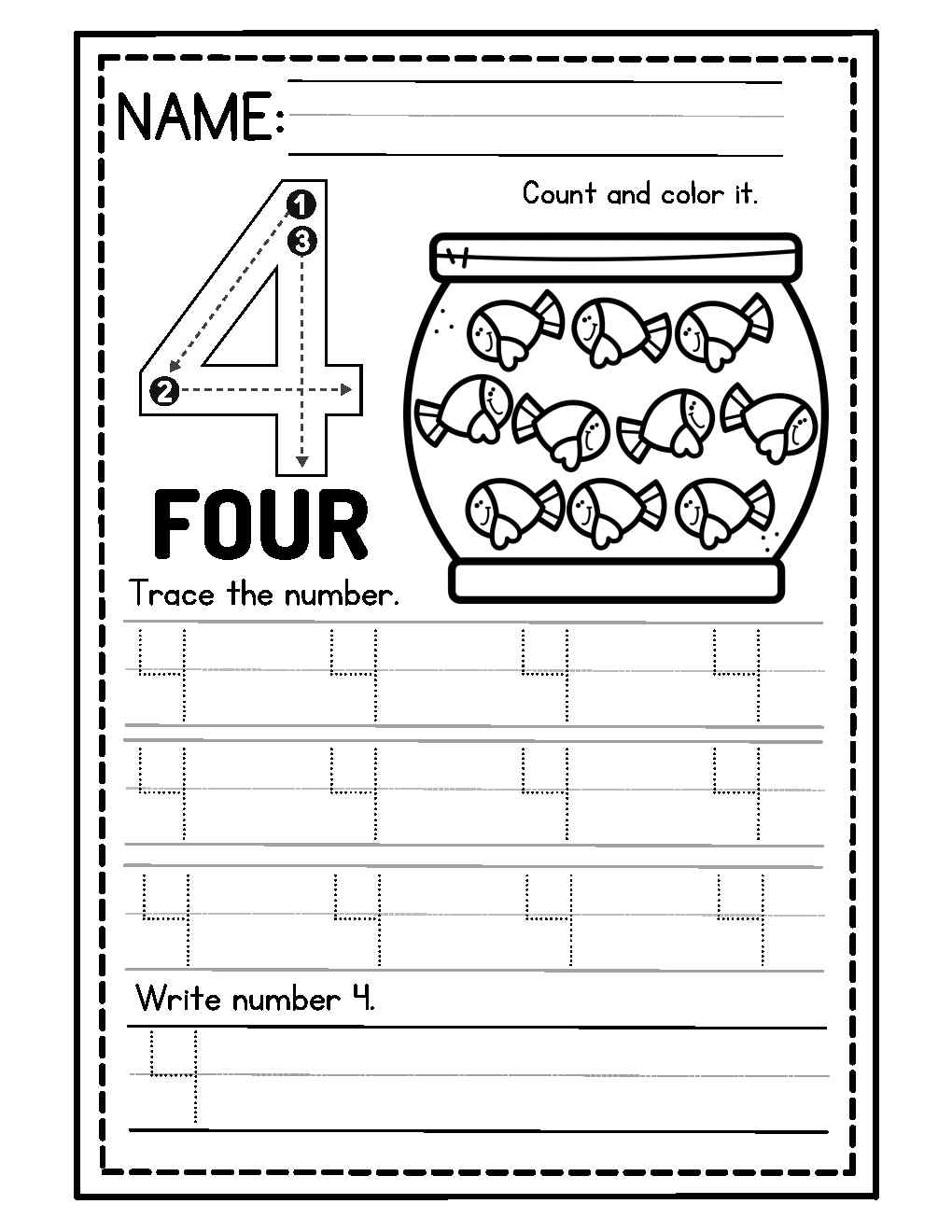

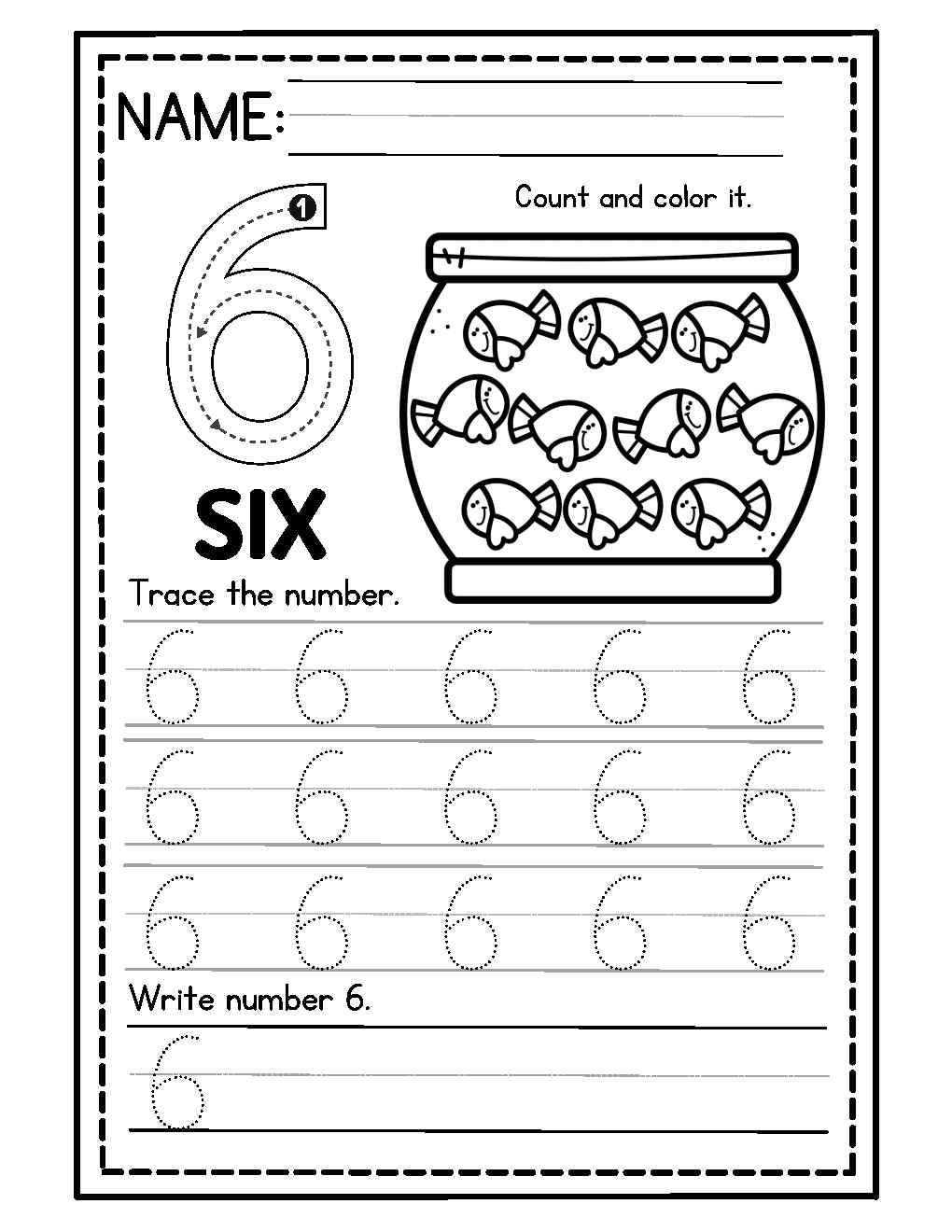
Additional Suggestions for Assisting Your Youngster in Tracing Numbers
0- is the lowest number. Tell your child that the zero is comparable to an uppercase O, but instead of a round circle, it has an oval shape.
1- The number one is the simplest to write! Simply instruct your child to draw a vertical line from the top of the writing line to the bottom of the writing line.
2- Show your child how a 2 is represented by a tilted cane with a foot. Direct him to begin slightly beneath the top line to make a lovely hook on the cane, then halt briefly at the bottom line to get a sharp point before changing direction to add the horizontal “foot.”
3- Number three: Have your child try to construct two identical curves without lifting his pencil. Remind him to pause slightly before totally reversing direction to make the second curve to get a sharp point where the two curves meet.
4- The number 4 is the only one that requires two strokes to write. To begin, instruct your youngster to construct half of a box by going down to the middle line and across to the right. Remind him that the second stroke should cut through the first, leaving a sliver of horizontal line.
5- The number 5 is formed with a single stroke. “Make a cap” (horizontal line to the left), “then a neck” (vertical line down to the dotted center writing line), and “then a plump, round belly” (vertical line down to the dotted middle writing line) (curve up and around, touching the bottom writing line). Because this is the only numeral with a horizontal line that advances to the left, help him get started.
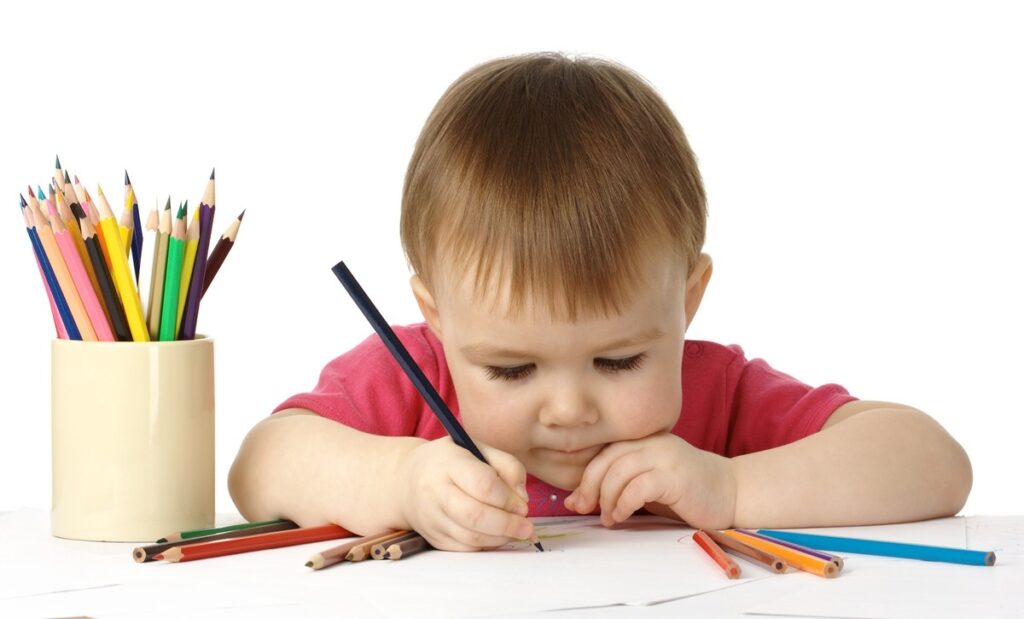
6- Number 6 is commonly referred to as the “curly” number by children. As your youngster begins this number, remind him to shift his pencil down and around to the left.
7- Number 7 is not tough if your child moves the pencil to the right in the correct direction. When he switches course to make the vertical, slanted line, remind him to halt briefly to get a sharp point.
8- Tell your child that number 8 is the most difficult numeral to write. Begin by instructing him to draw an S-shaped line. Ask him to complete each small circle without lifting his pencil.
9- Number 9: Remind your child to start his circle by placing his pencil right under the top writing line. After you’ve completed the circle, take a breath and draw a straight line without moving your pencil off the paper.
10- You just tell them that we start using combination here on 1 and 0 that they have already leanrned to write and you go on this way.
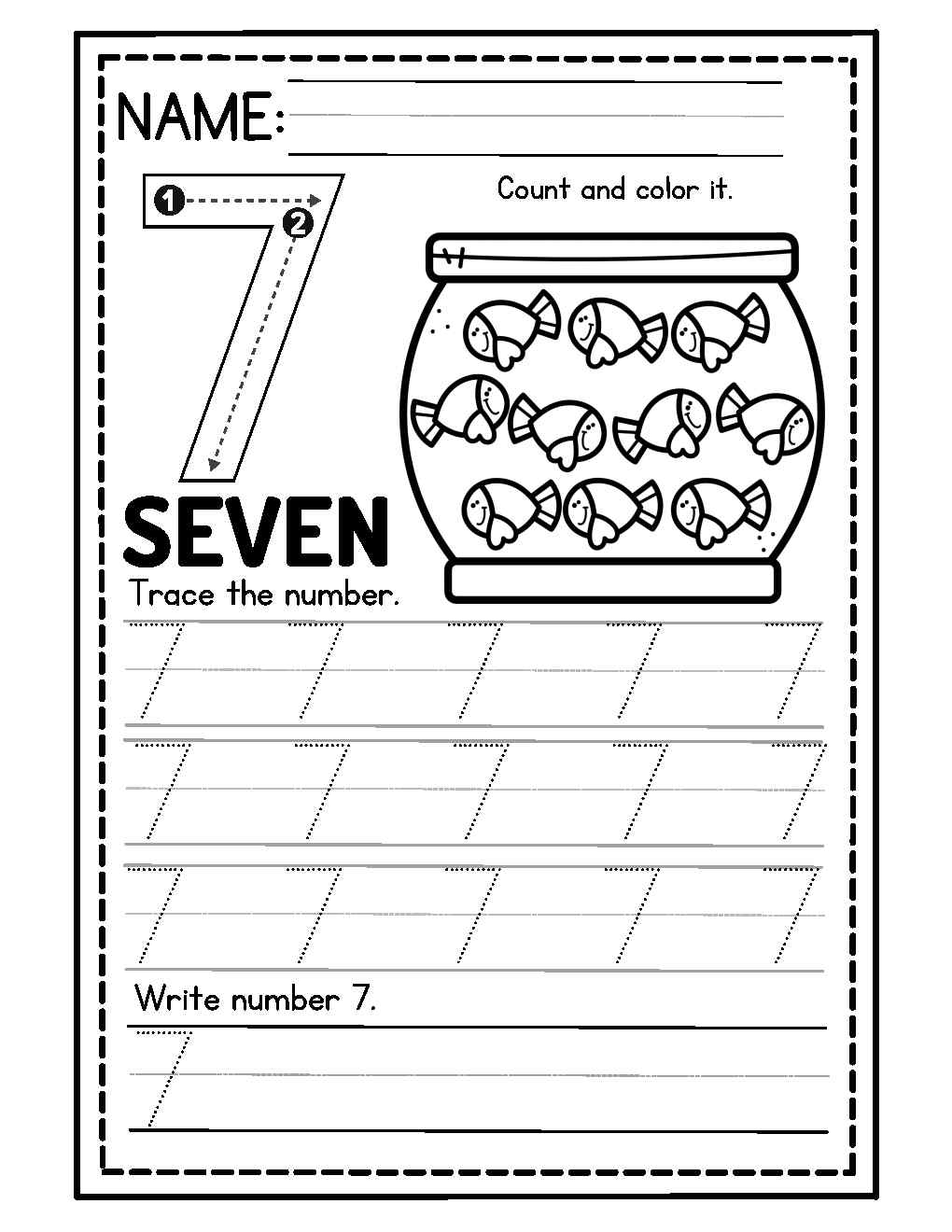
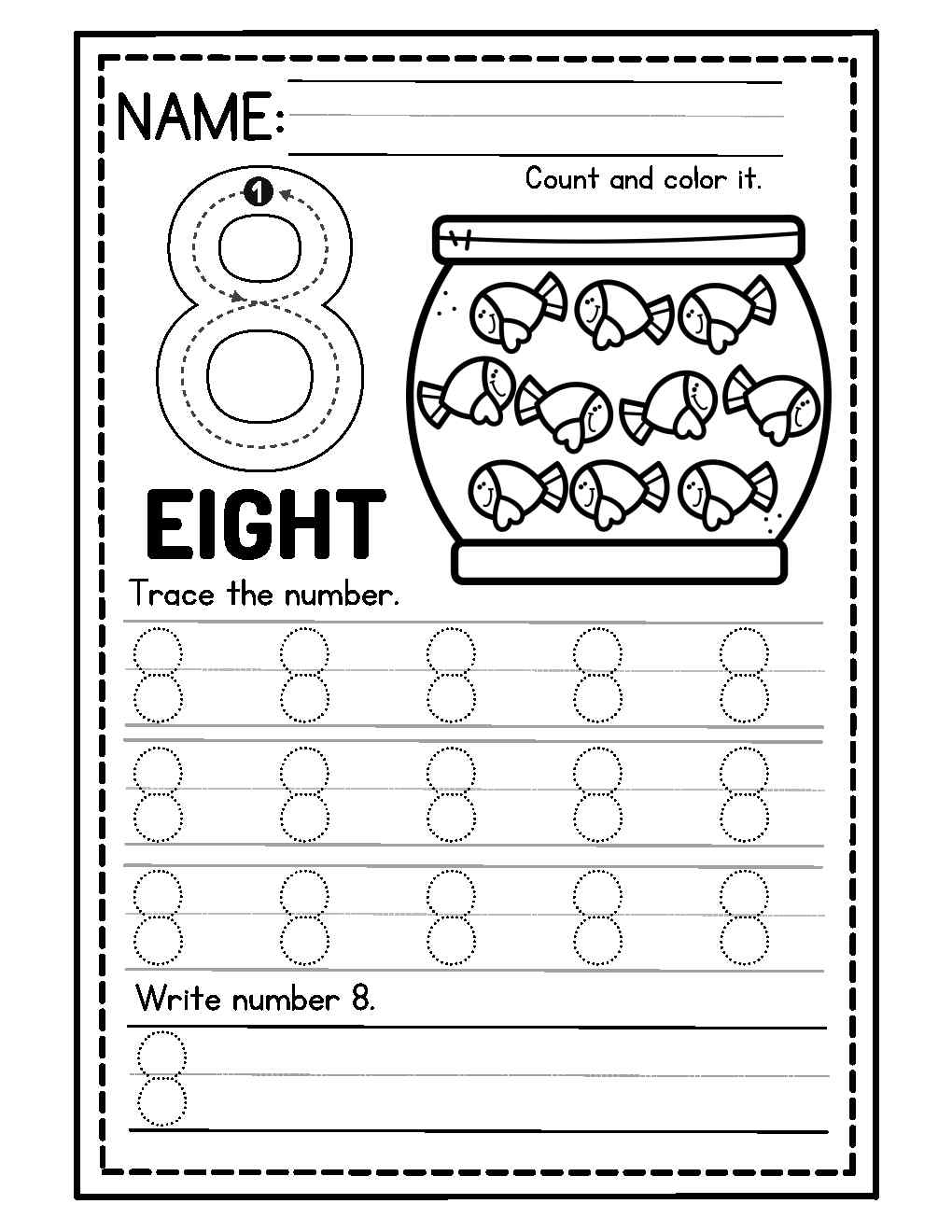




I love em thanks a lot for sharing with us❤️🙏.
Outstanding! thnx a lot.
lovely worksheets.